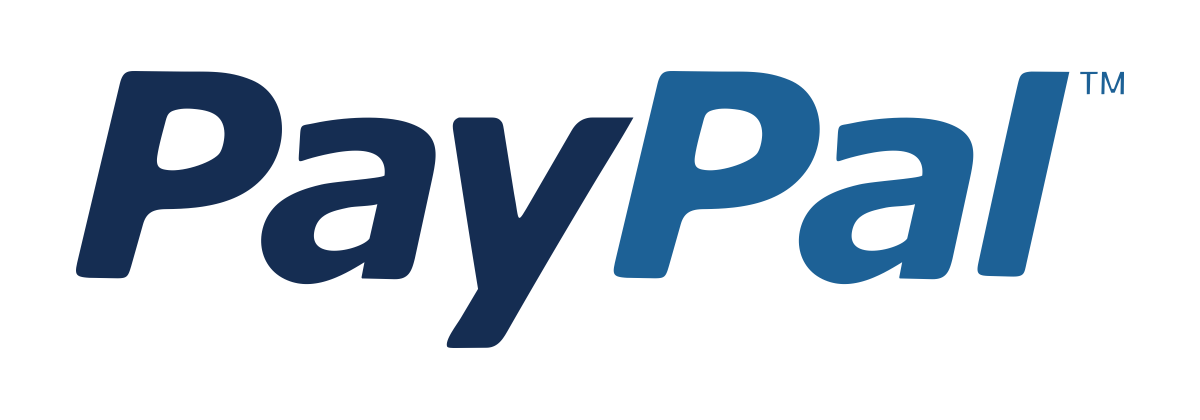Transformers
Master transformer models, attention mechanisms, and state-of-the-art NLP and multimodal AI systems with hands-on implementation using Hugging Face an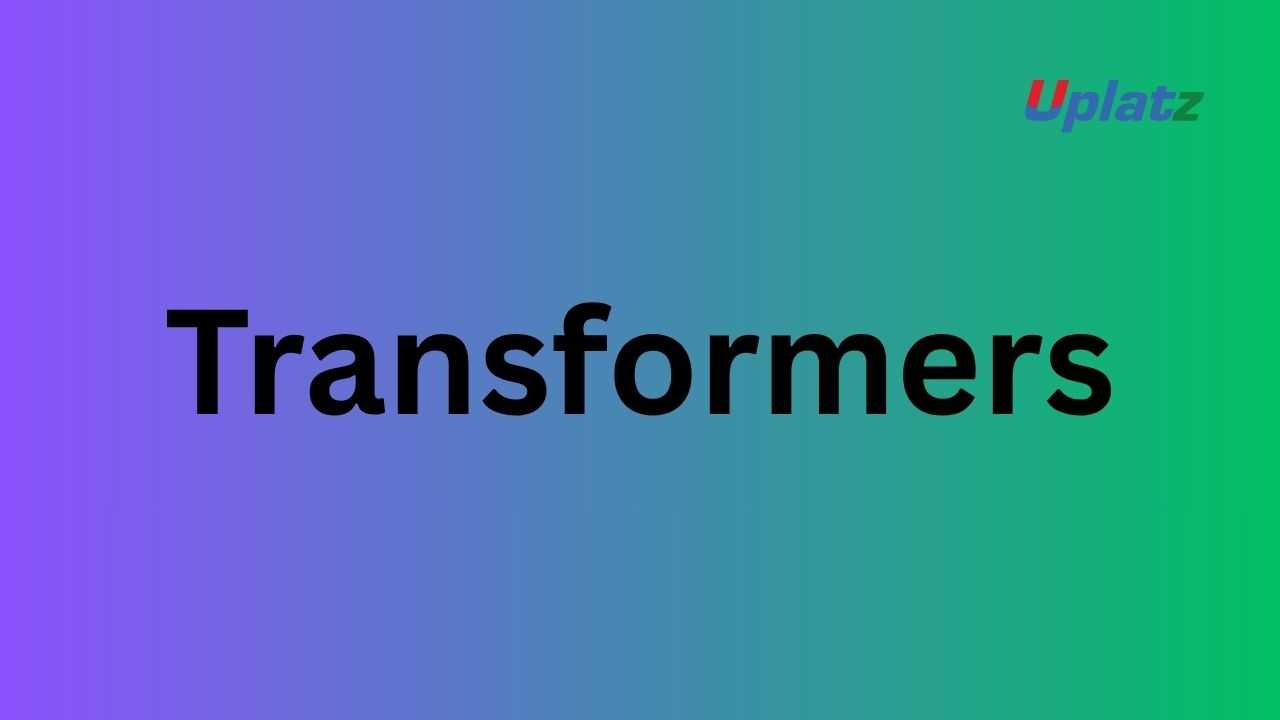 Price Match Guarantee
Full Lifetime Access
Access on any Device
Technical Support
Secure Checkout
Course Completion Certificate
Price Match Guarantee
Full Lifetime Access
Access on any Device
Technical Support
Secure Checkout
Course Completion Certificate
 97% Started a new career
BUY THIS COURSE (
97% Started a new career
BUY THIS COURSE (GBP 12 GBP 29 )-
 83% Got a pay increase and promotion
83% Got a pay increase and promotion
Students also bought -
-
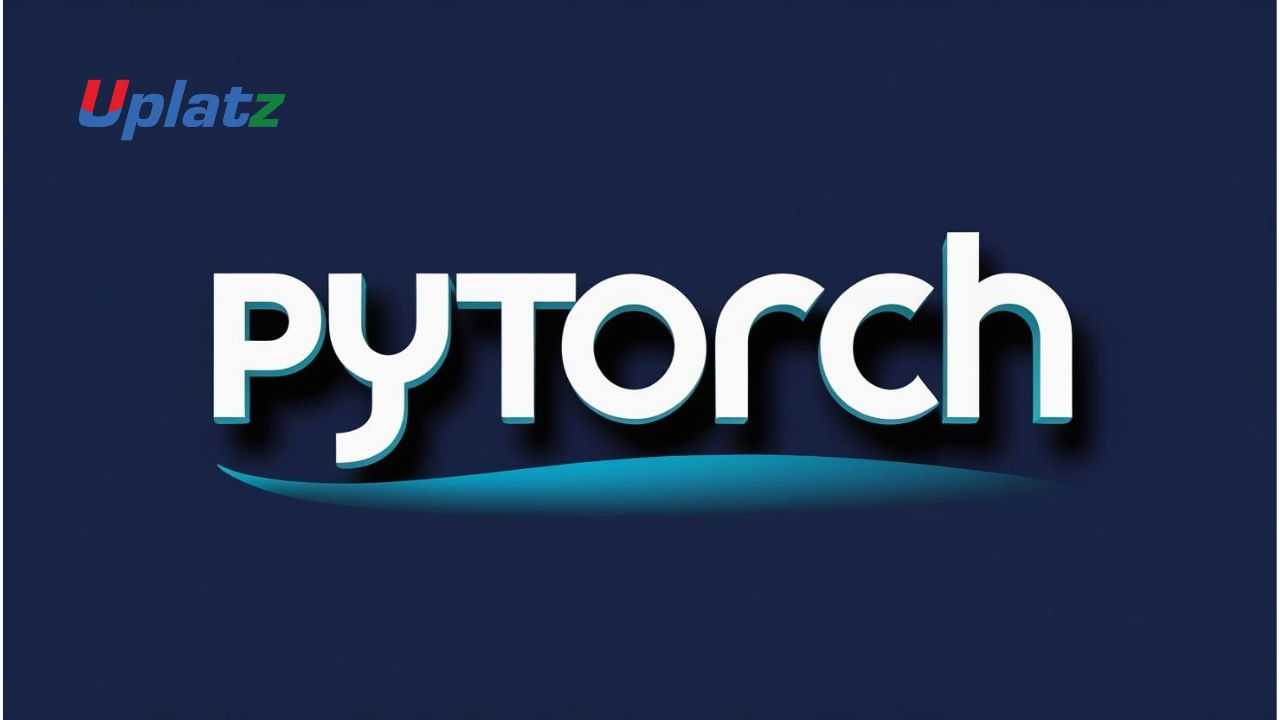
- PyTorch
- 10 Hours
- GBP 12
- 10 Learners
-
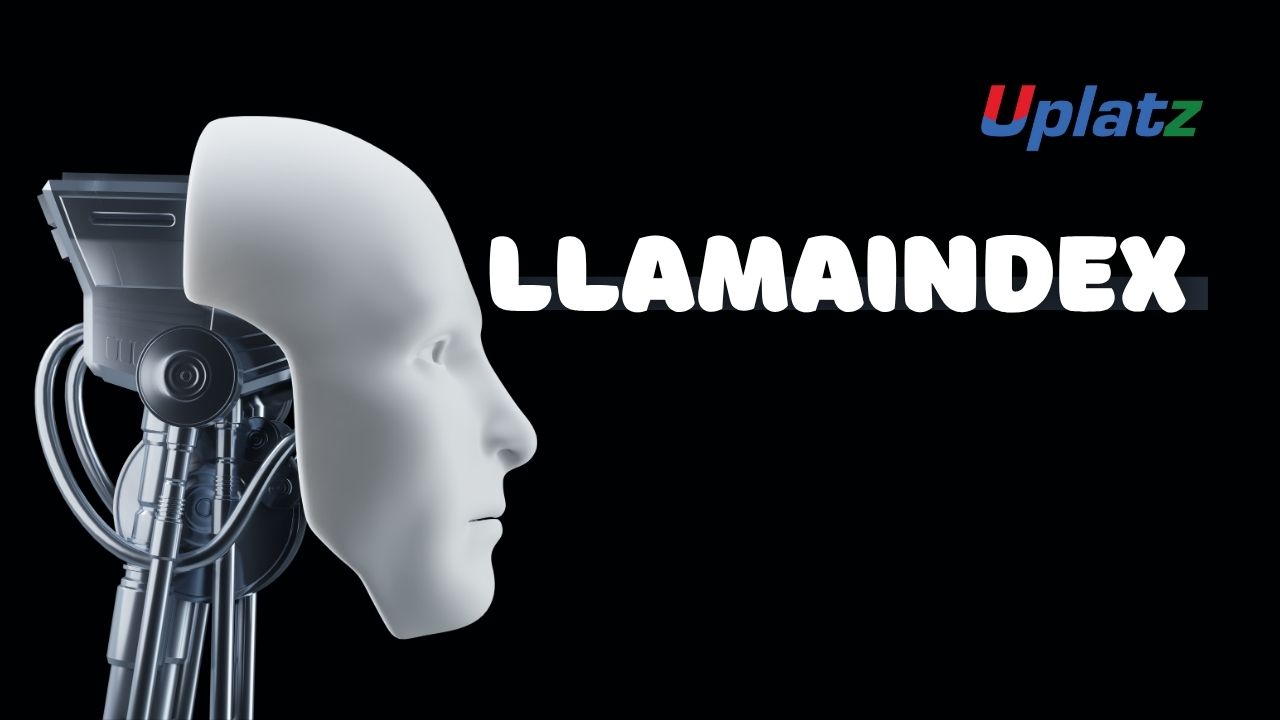
- LlamaIndex
- 10 Hours
- GBP 12
- 10 Learners
-
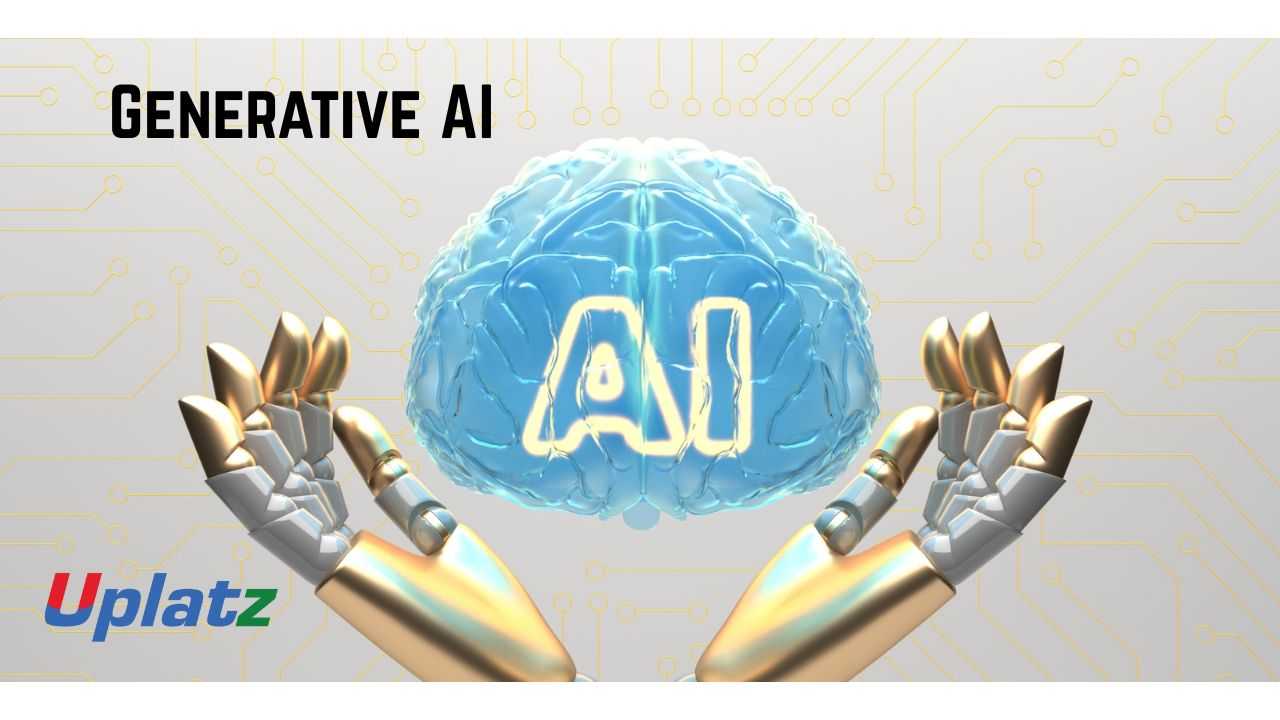
- Generative AI
- 10 Hours
- GBP 12
- 10 Learners
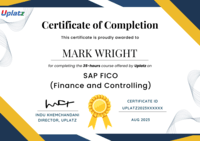
Transformers have revolutionised the landscape of artificial intelligence, enabling breakthroughs in natural language processing (NLP), computer vision, speech recognition, and generative AI. From BERT and GPT to multimodal models like CLIP, Flamingo, and LLaVA, transformer architectures now form the foundation of modern AI systems used across industries. Their ability to capture long-range dependencies, train efficiently on massive datasets, and generalise across diverse tasks has made them the most influential innovation in deep learning over the last decade.
The Transformers course by Uplatz offers a deeply practical and comprehensive journey into understanding, building, fine-tuning, and deploying transformer-based AI systems. You will explore every critical component — from self-attention to positional encoding, encoder–decoder architectures, masked language modeling, sequence generation, and multimodal fusion. By mastering these concepts, learners gain the knowledge required to develop real-world AI applications, optimise transformer models, and integrate them into production environments.
This course starts with foundational concepts, explaining how transformers emerged as an alternative to recurrent and convolutional models. You will learn how self-attention replaced sequential computation, enabling parallel processing and more scalable training. The course breaks down the mathematics behind dot-product attention, query/key/value projections, feed-forward networks, and residual connections — ensuring you understand not only what transformers do but how they operate internally.
The heart of the course explores transformer families and architectures, including:
-
Encoder-only models (BERT, RoBERTa, DistilBERT)
-
Decoder-only models (GPT, GPT-2/3/4)
-
Encoder–decoder models (T5, BART)
-
Vision transformers (ViT, DeiT, Swin)
-
Speech and audio transformers
-
Multimodal models (CLIP, LLaVA, Flamingo)
Each model family is covered with clear explanations of training objectives, masking strategies, tokenisation workflows, and downstream tasks.
Hands-on implementation is a central part of this course. You will learn to load, fine-tune, evaluate, and deploy transformers using:
-
Hugging Face Transformers
-
PyTorch
-
TensorFlow
-
PEFT (LoRA, QLoRA, adapters)
-
Tokenizers library
-
Model quantisation and optimisation tools
The course includes guided labs for:
-
Text classification
-
Named entity recognition
-
Question answering
-
Summarisation
-
Translation
-
Text generation
-
Chatbot and dialogue modelling
-
Vision transformer classification
-
Multimodal retrieval tasks
Beyond model training, the course explores efficient adaptation techniques, such as:
-
LoRA and QLoRA
-
Prefix tuning
-
Adapter layers
-
8-bit and 4-bit quantisation
-
Distillation for resource-constrained environments
You will understand how these techniques help teams train transformer models on low-cost hardware and deploy them efficiently in production.
The course also covers transformers in generative AI, where you will learn about:
-
Autoregressive generation
-
Beam search, sampling, temperature scaling
-
Tokenisation strategies and vocabulary optimisation
-
Reinforcement learning from human feedback (RLHF)
-
Safety alignment
-
Prompt engineering and instruction tuning
You will study how transformer-based large language models (LLMs) generate coherent text, respond to instructions, and perform tasks across domains.
Transformers are no longer limited to text. The course includes modules on their applications in:
-
Computer vision (Vision Transformers, DeiT, Swin)
-
Speech recognition and audio modelling
-
Multimodal fusion for images + text
-
Embedding generation for retrieval systems
-
Video transformers
By incorporating real-world datasets and practical examples, the course ensures learners can adapt transformer architectures to diverse business needs.
An essential section of the course explores how transformers are deployed in production. You will learn:
-
Model serving with FastAPI, TorchServe, and Hugging Face Inference
-
Scaling models with GPUs, distributed training, and serverless inference
-
Caching, batching, and API optimisation
-
Monitoring model performance
-
Managing model drift and updates
You will also explore transformer security considerations such as prompt injection, jailbreak risks, content safety, and bias mitigation.
Finally, the course includes industry case studies that show how transformers power real AI systems:
-
Search and recommendation engines
-
Document intelligence and OCR
-
Customer support automation
-
Healthcare NLP
-
Image-text retrieval
-
Fraud detection
-
Conversational AI agents
By the end of the course, learners will have a deep, practical mastery of transformer architectures and will be prepared to build cutting-edge AI applications.
By the end of this course, learners will be able to:
-
Understand transformer architecture and attention mechanisms
-
Use tokenizers and embeddings for NLP tasks
-
Train and fine-tune transformer models using Hugging Face
-
Adapt models using PEFT techniques like LoRA and QLoRA
-
Apply transformers to NLP, vision, speech, and multimodal tasks
-
Optimize and deploy transformer models at scale
-
Implement generative AI workflows and prompt-based systems
-
Build end-to-end transformer applications across industries
Course Syllabus
Module 1: Introduction to Transformers
-
Evolution from RNNs & CNNs
-
Self-attention and parallelism
Module 2: Transformer Architecture Deep Dive
-
Multi-head attention
-
Feed-forward networks
-
Positional encoding
Module 3: Tokenizers & Embeddings
-
WordPiece, BPE, SentencePiece
-
Embedding generation
Module 4: Encoder-Only Models
-
BERT, RoBERTa, DistilBERT
-
Masked language modelling
Module 5: Decoder-Only Models
-
GPT family
-
Autoregressive text generation
Module 6: Encoder–Decoder Models
-
T5, BART, MarianMT
-
Translation and summarisation
Module 7: Applications in NLP
-
Classification, QA, NER
-
Dialogue models
Module 8: Vision Transformers (ViT)
-
Image classification
-
Patch embedding
Module 9: Multimodal Transformers
-
CLIP, LLaVA, Flamingo
Module 10: Training & Fine-Tuning
-
Hugging Face workflows
-
Hyperparameter tuning
Module 11: Efficiency & Optimisation
-
LoRA, QLoRA, quantisation
-
Distillation
Module 12: Deploying Transformers
-
FastAPI, TorchServe
-
Cloud deployment
Module 13: Generative AI & LLM Workflows
-
Sampling strategies
-
RLHF
Module 14: Capstone Project
-
Build and deploy a transformer model end-to-end
Upon completion, learners receive a Uplatz Certificate in Transformer Models & Modern AI, demonstrating mastery of transformer architecture, model training, optimisation, and deployment for production AI systems.
This course prepares learners for roles such as:
-
Machine Learning Engineer
-
Deep Learning Engineer
-
NLP Engineer
-
AI Research Engineer
-
Data Scientist (NLP/LLM)
-
AI Product Developer
-
Conversational AI Specialist
-
Multimodal AI Engineer
Transformers are in extremely high demand across tech, finance, healthcare, retail, and AI startups.
1. What is a transformer model?
A deep-learning architecture based on self-attention that processes sequences in parallel rather than sequentially, enabling scalable training.
2. What is self-attention?
A mechanism allowing the model to weigh relationships between tokens in a sequence to capture contextual meaning.
3. How do encoder-only models differ from decoder-only models?
Encoder-only models (BERT) are good for understanding tasks; decoder-only models (GPT) are good for generation tasks.
4. What are multi-head attention layers?
Multiple attention operations running in parallel to capture different relationships between tokens.
5. What is positional encoding?
A method to provide sequence-order information to transformers since they do not process input sequentially.
6. What is fine-tuning?
Training a pre-trained transformer on a specific downstream task with a smaller dataset.
7. What are PEFT methods like LoRA?
Parameter-efficient fine-tuning methods that update only small adapter layers instead of full model weights.
8. What is a Vision Transformer?
A transformer architecture that processes images as patch embeddings rather than using convolutions.
9. What is RLHF?
Reinforcement Learning from Human Feedback — used to align LLM responses with human preference.
10. What are common transformer deployment tools?
FastAPI, TorchServe, Hugging Face Inference Endpoints, TensorRT, ONNX Runtime.







